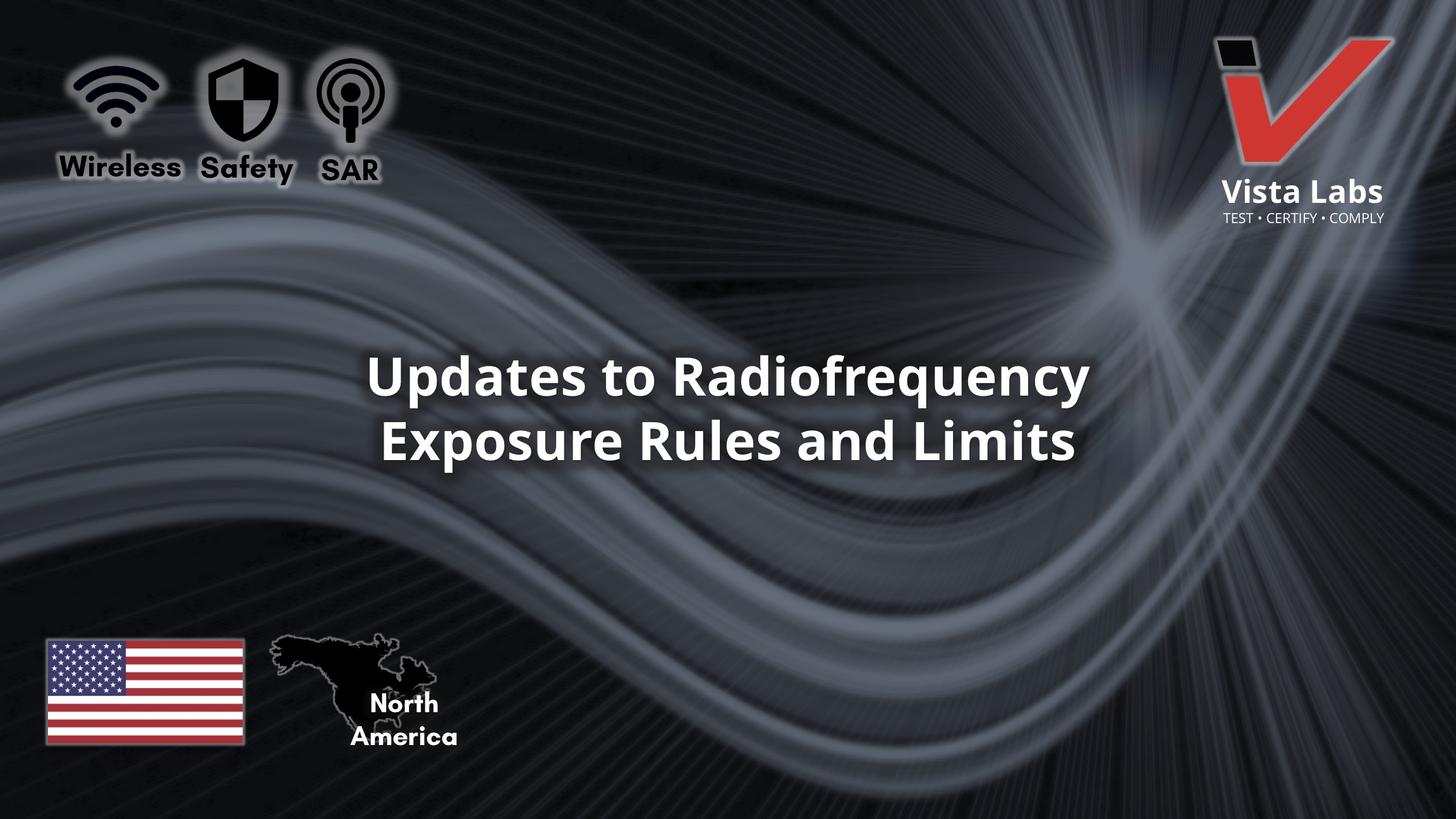The Federal Communications Commission (FCC) of the United States published a document seeking comment on matters regarding the regulation of RF exposure rules.
The proliferation of wireless devices in our world has raised varying levels of concern about possible harmful effects to human health, engendering strong opinions.
One key question is what amount of exposure to radio frequency (“RF”) energy emitted by these devices is “safe” for humans. Another is how to ensure that this level of exposure is not exceeded or, if exceeded, is mitigated.
The key points addressed regarding RF exposure are as follows:
- Expanding the range of frequencies for which its radiofrequency (RF) exposure limits apply.
- Applying localized exposure limits above 6 GHz in parallel to the localized exposure limits already established below 6 GHz.
- Specifying the conditions and methods for averaging the RF exposure, in both time and area, during evaluation for compliance with the RF exposure limits in the rules.
- Addressing new RF exposure issues raised by wireless power transfer (WPT) devices.
- The definition of a WPT device
The full document can be found below:
This document was published on April 6, 2020. Comments on these points are due on or before May 6, 2020, and reply comments are due on or before May 21, 2020.
While the Federal Communications Commission (“FCC”) does not alone decide what is “safe” for human health – health and safety agencies, including the FDA, provide guidance and recommendations – the FCC does determine what exposure limits should be met to ensure safety and how parties responsible for FCC-regulated devices should demonstrate compliance with these limits.
In short, the FCC’s focus is ensuring that devices that enter the U.S. marketplace have been sufficiently reviewed to ensure that potentially harmful exposure will not occur. The FCC’s rules are important for both manufacturers and those responsible for regulated devices due to the importation, marketing or sale of these devices.
In general, the FCC has two sets of guidelines.
- Devices that are handheld or portable, and therefore tend to be located close to bodies, must meet specific absorption rate (“SAR”) criteria.
- Larger transmitters such as cell towers and FM radio antennas must meet maximum permissible exposure (“MPE”) criteria.
Many devices are exempt from testing on the basis that they are not likely to cause harm, whether because they do not emit much energy or because they can be located away from humans (i.e., high on a tower, on rooftops, or behind protective fences).
For a number of reasons, the FCC’s rules needed to be revisited. One major issue, with the 5G industry especially, was that the SAR levels are not established for operations above 6 GHz, yet smartphones and other handheld devices are being designed in abundance for use on much higher frequency bands. The present MPE limits were adopted only up to 100 GHz, but the Commission recently opened use of frequency bands above 100 GHz.
Additionally, international standards-setting bodies have been working to update their standards for testing methodologies to reflect new technologies, and, for U.S. manufacturers to stay competitive, U.S. regulations need to stay current.



